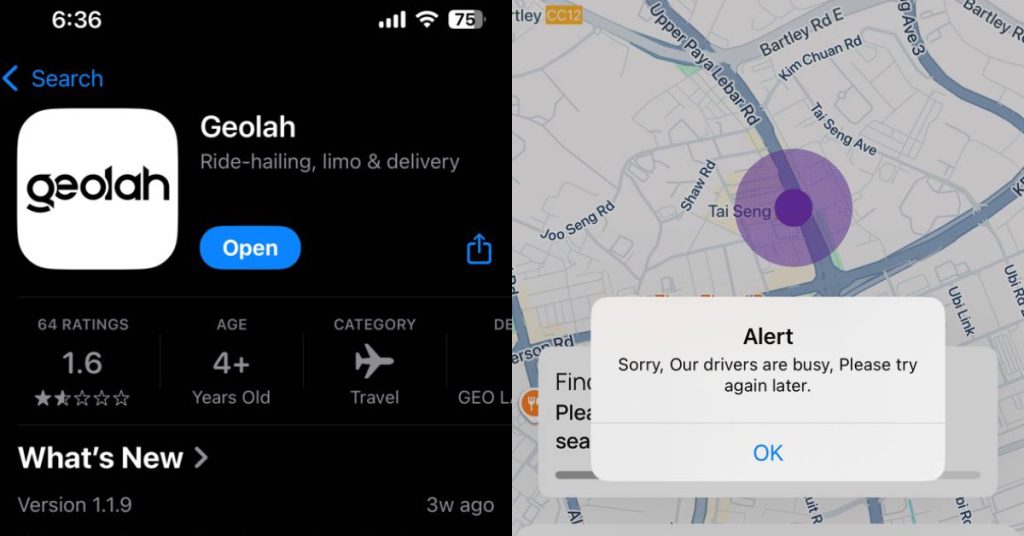TL;DR: Red-teaming is used in cybersecurity to simulate real-world attacks on internet assets. To stress-test the resilience of government security systems, GovTech’s “Red Team” plans and launches unannounced cyberattacks against government agencies in Singapore. In this article, we take you behind the scenes of a Red Team cyberattack!
For most people, phishing for phone numbers, impersonating a company and going undercover into an organisation’s secured premises all sound like plot points in the latest spy thriller.
But these activities are all in a day’s work for Mr Chong Rong Hwa, director, advanced cybersecurity capabilities and Mr Terence Teo, lead cybersecurity specialist at the Government Technology Agency of Singapore’s (GovTech) Cyber Security Group.
Mr Chong and Mr Teo are part of GovTech’s Red Team, a white-hat group that plans and carries out unannounced cyberattacks against government agencies in Singapore.
Red-teaming, as their job is known, emulates how an adversary might mount an attack. It helps organisations identify vulnerabilities and stress-test response strategies.
“The mission of the Red Team is to build stronger resistance against cybersecurity attacks for government systems through proactive discovery of cybersecurity gaps in people, processes and technology,” Mr Chong tells TechNews.
Curious about their work? Read on for a blow-by-blow account of a Red Team attack and a behind-the-scenes look at how it was planned.
D-Day minus 45 days: the plotting begins
Once engaged to conduct an unannounced adversary simulation exercise against a government agency ‘Blue Team’, GovTech’s Red Team starts preparations right away.
As early as a month and a half before D-Day, the Red Team starts gathering information and setting up the custom infrastructure and tools it needs to launch the attack.
D-Day minus two days: setting the trap
0800: The game is afoot! Two days ahead of D-Day, Red Team sets the attack on Blue Team’s assets in motion.
0815: Blue Team’s perimeter defence blacklists Red Team’s IP address.
0830: Red Team uses IP address hopping to bypass the blacklist attempt.
1000: Red Team delivers a simulated phishing campaign to Blue Team employees.
1100: Blue Team is notified about phishing emails through an integrated incident reporting system. Blue Team investigates…
1230: …but it is too late. Red Team obtains the contact information of several Blue Team employees and conducts a voice phishing (vishing) attack: it impersonates an audit firm and schedules a session in two days’ time at Blue Team headquarters to perform an ‘IT audit’.
1530: Time to put on those white hats: using internet footprinting, Red Team identifies insufficiently secured Blue Team web applications hosted by third-party vendors.
1730: Red Team exploits a vulnerability in one of these web applications; Blue Team is notified for immediate follow-up.
D-Day: the trap springs shut
0800: Game on: Red Team splits into a social engineering team, whose members will pose as IT auditors, and a HQ team, which will conduct the attack once the social engineers gain a foothold.
0900: Red Team social engineers arrive at Blue Team HQ and are led into secure premises by Blue Team auditees; Red Team HQ is updated and placed on standby.
0930: Red Team social engineers ask Blue Team auditees to plug in a USB flash drive and open a word document. Blue Team complies without validating social engineers’ identities.
0935: The word document—actually a customised Red Team tool—creates a connection back to Red Team HQ.
0945: Bingo! Red Team HQ exploits this access and pivots into the Blue Team’s network.
1000: Time to don those white hats once again: Red Team looks for traces of real adversaries to see if Blue Team’s systems have previously been compromised by unknown attackers. Red Team also sniffs out weak configurations and cybersecurity vulnerabilities.
1600: Job done! Red Team cleans up after itself, making sure that Blue Team’s system is put back in its original state. Red Team consolidates its findings.
Behind The Scenes
While cybersecurity war-gaming may sound exciting, carrying out a successful exercise requires extensive preparation and a lot of patience on the part of the Red Team, says Mr Chong.
“Approximately 80 per cent of our time is spent on preparation, while 20 per cent is spent on the actual execution of the attack. A lot of effort is spent on enumerations, development of customised tools and attempts to understand the system as well as its business processes prior to the conduct of the red-teaming exercise.”
The social engineering aspect of the exercise, in particular, required detailed preparation.
“There will always be an element of surprise during the exercise, where I’m required to think on my feet and react accordingly based on the target’s response,” says Mr Teo, who was part of the undercover team.
“Lots of planning was required as the team had to gather information from various sources and correlate them so as to develop a convincing pretext. We had to rehearse our different personas as part of preparation, and we always had a contingency plan to mitigate the risk of being discovered.”
After a red-teaming exercise is complete, the Red Team presents its findings to the targeted government agency and other stakeholders.
In addition to dealing with immediate issues, the Red Team also tries to help agencies identify the root causes of cybersecurity breaches, and to come up with strategic fixes for them, says Mr Chong.
“In general, there is never a 100 per cent-secured complex environment, as there will always be weaknesses that can be exploited by the attacker,” explains Mr Chong.
“Hence, red-teaming is necessary to help agencies strengthen their cybersecurity posture, so as to make our assets costly for real-world attackers to attack.”
- This article first appeared on GovTech. You can also get byte-sized (geddit?) tech stories by GovTech here.











